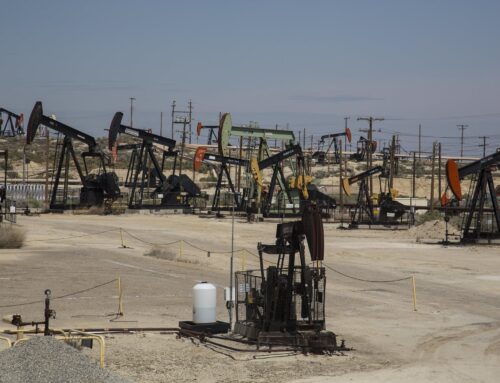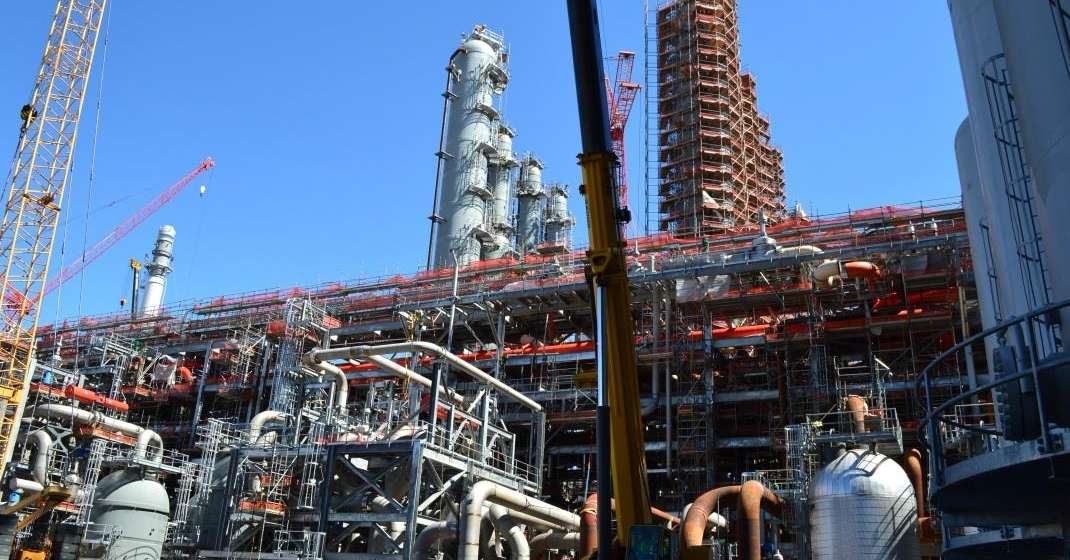Background
Carbon Capture and Sequestration (CCS) encompasses a suite of technologies designed to capture carbon oxides emitted during power generation and other industrial processes, instead of releasing them into the atmosphere. These captured carbons are then sequestered underground or in specially designed facilities. Although CCS has been used in the fossil fuel sector, companies are now seeking to apply the technology in the ethanol and biofuel sectors.
CCS has received federal subsidies since its inception. The U.S. biofuels industry has also received long-term federal support. The Inflation Reduction Act (IRA) of 2022 offers expanded tax incentives for CCS, which the biofuels industry intends to leverage by linking Midwestern facilities to CCS pipelines that extend from Iowa to the Dakotas and beyond.
Historically, CCS subsidies have covered federal funding for research, development, and demonstration (RD&D), financing of commercial projects, as well as a specific CCS tax credit known as 45Q. Between FY2010 and FY2023, taxpayer subsidies reached into the billions of dollars. Similarly, the ethanol and biofuels sectors have benefited from tax credits, loan guarantees, annual payments, R&D support, biofuels consumption mandates under the Renewable Fuel Standard, and other government interventions.
Why It Matters
Although both bioenergy and CCS are promoted as potential solutions to climate change, their effectiveness in significantly reducing greenhouse gas (GHG) emissions is still unproven. Biofuel and bioenergy subsidies have distorted markets, spurring increased corn ethanol production that has failed to significantly reduce GHG emissions. Farmers have shifted crop plantings in favor of subsidized biofuel crops such as corn and soybeans, which has led to the conversion of carbon-rich grasslands, pastures, and wetlands, and other sensitive lands, into crop fields, releasing more carbon into the atmosphere. Instead of doubling down on biofuels, the federal government should consider reducing the numerous subsidies already provided for this mature industry.
Similarly, CCS projects in the oil and gas industry have received massive federal investments with questionable environmental benefits. Evidence has demonstrated that over a billion dollars’ worth of 45Q tax credits were not compliant with Environmental Protection Agency (EPA) requirements. Additionally, the vast majority of federally backed CCS demonstration projects use captured carbon for “enhanced oil recovery” (EOR), which leads to more downstream emissions.
Bioenergy with Carbon Capture and Sequestration (BECCS) merges two industries whose effectiveness is still in question. A cautious approach, complemented by rigorous oversight and transparency, is crucial, especially as the expansion of CCS tax credits and other federal incentives claims to contribute to meaningful emissions reduction.
History
Despite generous financial support, CCS has not delivered on its promise to significantly reduce carbon emissions. A 2021 Government Accountability Office (GAO) report showed that Department of Energy (DOE) funded CCS projects were “unlikely to succeed”. Investigations have also found nearly 90 percent of the claimed 45Q credits to be non-compliant with EPA standards, totaling over $1 billion. The Internal Revenue Service (IRS) has not provided further updates on this issue since April 2020. Despite this history of fraudulent claims, the federal government recently expanded the 45Q credit by lowering the eligibility threshold and increasing the credit amount.
The availability of lucrative CCS tax credits for the biofuels industry has led to the potential expansion of an industry that would not be economically viable without taxpayer subsidies. While BECCS was touted as a climate solution for decades, its implementation has been stalled for a host of reasons. The availability of 45Q tax credits, however, could reshape the industry’s future.
The bioenergy and biofuel industries have grown over the past two decades, largely due to government intervention in the marketplace. The Renewable Fuel Standard mandates have required increasing levels of biofuel consumption each year, resulting in higher commodity crop and food prices as crops like corn and soybeans were diverted to biofuel production. Other federal subsidies, such as biodiesel tax credits, have also contributed to increased biofuels production in the U.S.
Farmers have responded to higher crop prices, driven in part by biofuel subsidies and federal mandates, by shifting crop plantings and expanding cropland. This shift led to the conversion of millions of acres of carbon-rich wetlands, grasslands, and other lands into fields for subsidized corn and soybean production. These conversions contributed to increased GHG emissions from biofuel facilities, prompting experts to question the potential climate benefits of biofuels. For these reasons, CCS has been proposed as a potential solution to mitigate GHG emissions from the biofuels sector. However, as EOR —the process of injecting captured carbon into depleted oil wells to extract more oil— remains the only commercially viable use of captured carbon, it is doubtful CCS will provide net negative emissions. While the idea of installing CCS technologies at these facilities has been widely discussed and operated at a limited scale, the recent expansion of federal tax credit eligibility opened the door to more projects getting off the ground – potentially at the expense of the climate, farmers, and taxpayers alike.
Recent Developments of BECCS
Currently, three large scale BECCS projects have been proposed and are in various stages of development across the U.S. Midwest:
- The Summit CO2 pipeline, linking ethanol plants across the Midwest to storage in North Dakota;
- The Wolf CO2 pipeline connecting ethanol facilities in Illinois and Iowa; and
- The Navigator CO2 pipeline, which originally planned to connect facilities with underground storage in Illinois and store some carbon above ground for commercial use.
These three projects are still in the planning stages. Iowa public utility regulators began holding hearings on the Summit project in August. North Dakota regulators recently denied a siting permit for the Summit pipeline but have agreed to reconsider an adjusted route. South Dakota’s Public Utility Commission also denied Summit’s permit application and the company plans to reapply. Summit Carbon Solutions recently announced that the pipeline launch would be delayed two years to 2026. The Wolf pipeline is also in the early planning stages, having recently filed for permits in Illinois.
The Navigator Pipeline encountered multiple regulatory hurdles and was ultimately denied a permit by Iowa and South Dakota authorities. Navigator announced the cancellation of the project on October 20, 2023.
Landowners and farmers have expressed concerns about eminent domain and the impacts that pipeline construction will have on their land. While these major projects will likely face a long road of approvals before construction can begin, as was the case with oil and natural gas pipelines through the Midwest, projects are nonetheless moving forward thanks to lucrative taxpayer subsidies.










